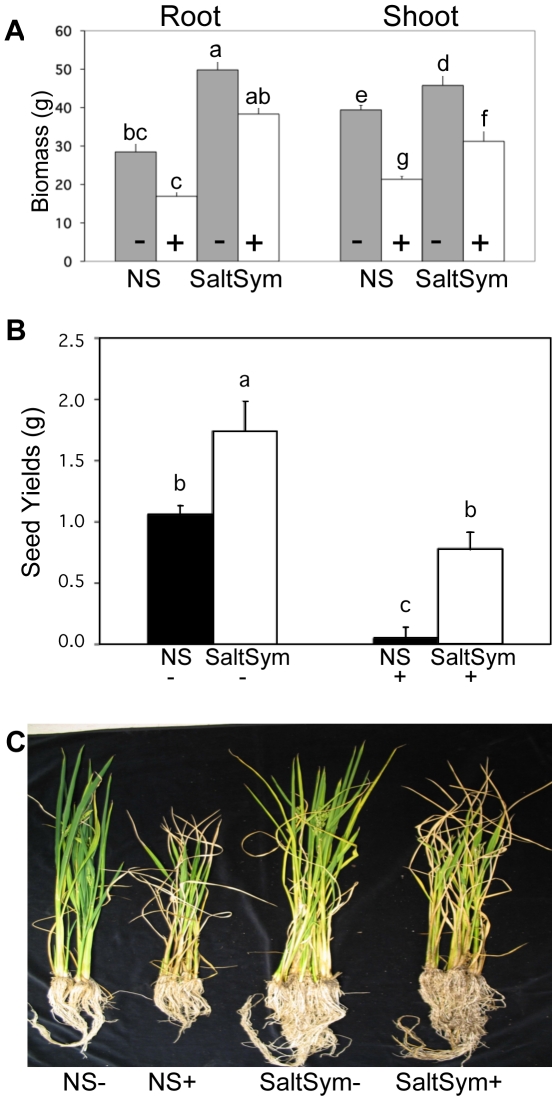Figure 4. The effect of stress on root, shoot and seed yields of mature plants under greenhouse conditions.
Two month old NS and S (SaltSym) rice plants (N = 30) were +/− exposed to a gradual increase in NaCl concentrations (0–300 mM) over an additional three-month period. Non-stressed NS and S (SaltSym) plants were hydrated with 1x Hoagland's solution supplemented with 5 mM CaCl2 throughout the length of the study (5 months total). Stress treatments began after 2 months and plants were exposed to 100 mM NaCl for 3 weeks, then increased 200 mM NaCl for an additional 3 weeks, and then increased and maintained at 300 mM NaCl until the completion of the study (5 months total). A) Root and shoot biomass (N = 5) of NS and S (SaltSym) plants in the absence (-; grey bar graphs) and presence (+; white bar graphs) of salt stress. Statistical analysis (Duncan's multiple-test range) indicated S plants had significantly larger shoot biomass in the presence and absence of stress (SE<2.88; P<0.0001). Significant differences between S and NS treatments in root size were observed (SE<2.81; P<0.0031) in +/− salt stress treatments. No significant differences in root biomass were observed when comparing NS+ versus NS-, or S+ versus S- (Values with the same letters are not significantly different). B) Seed yields of plants (N = 25) of NS and S (SaltSym) plants in the absence (-) and presence (+) of salt stress. Statistical analysis (Duncan's multiple-test range) indicated S+ plants had higher yields than NS+ plants, and S- plants had higher yields than NS- plants (SD≤0.17;P<0.01). C) Representative photo of NS and S (SaltSym) plants grown in the absence (-) and presence (+) of a gradual increase in salt stress (0–300 mM NaCl, see above).

